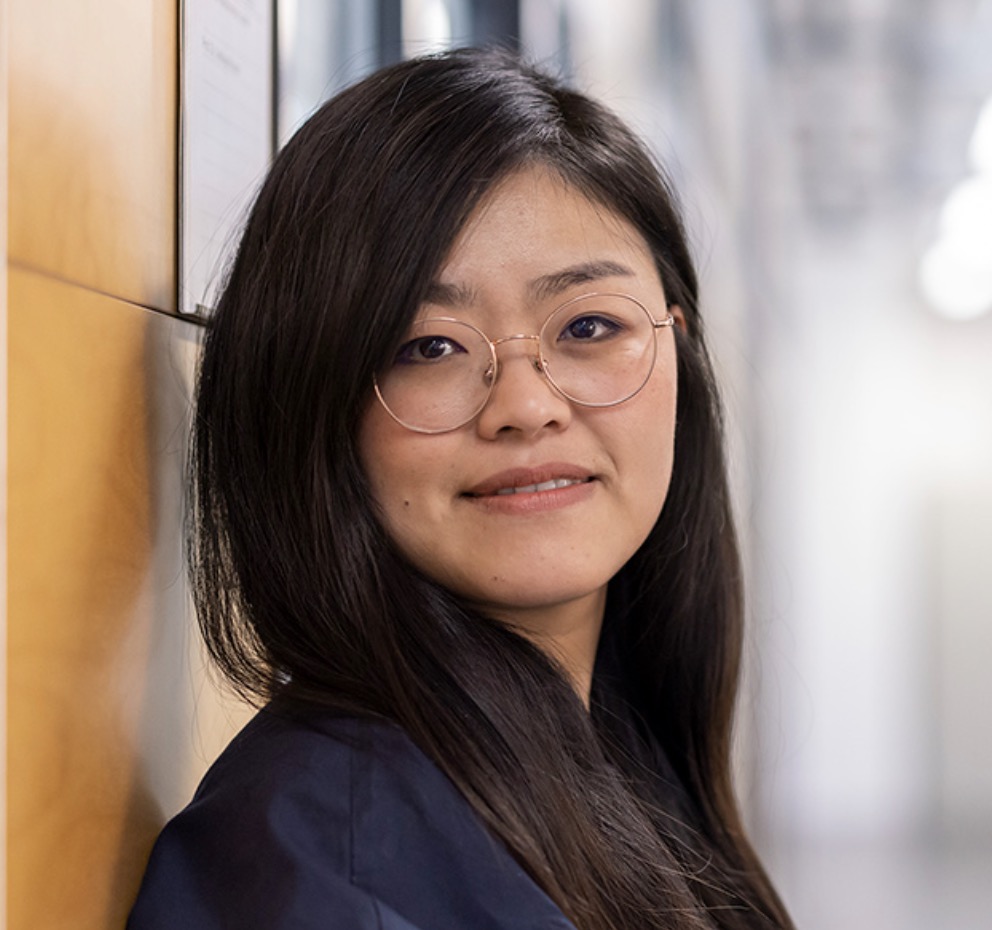Basic Information
I’m a tenure-track assistant professor in the Department of Computer Science at ETH Zürich. I lead the Computer Vision and Learning Group (VLG) at the Institute of Visual Computing. Before joining ETH, I received an early career research grant to start my research group at the Max Planck Institute for Intelligent Systems in November 2017. I was a postdoctoral researcher in the same institute, advised by Dr. Michael Black. I obtained my PhD at the Max Planck Institute for Informatics in 2017, under the supervision of Professor Bernt Schiele. Before that, I received my Master’s degree in Media Informatics at RWTH Aachen University and my Bachelor’s degree in Computer Science at Zhejiang University, China.
My research focuses on computer vision and machine learning, specializing in perceiving and modeling humans. In my group, we study computational models that enable machines to perceive and analyze human pose, motion, and activities from visual input. We leverage machine learning and optimization techniques to build statistical models of humans and their behaviors. Our goal is to advance algorithmic foundations of scalable and reliable human digitalization, enabling a broad class of real-world applications.
Professional Activities
Program Chairs: 3DV 2024. CVPR 2025
Technical Papers Committee: SIGGRAPH 2022
Area Chairs: CVPR 2020, 2021, 2022, 2024. ECCV 2022. ICCV 2021, 2023
Tutorial Chairs: CVPR 2023. ACCV 2020
Workshop Organization: ECCV 2022 EgoBody Benchmark
Honors and Awards
Outstanding Paper Finalist for Physical Human-Robot Interaction, ICRA 2023
Best Paper Award Finalist, CVPR 2022
Best Paper Award Finalist, CVPR 2021
Best Paper Award, 3DV 2020
ELLIS Ph.D. Award 2019
DAGM MVTec Dissertation Award 2018
Best Paper Award, BMVC 2012
Keynote Talks
BMVC 2022
Inhabiting the Virtual.
CVMP 2021
Learning to capture and synthesize 3D humans in 3D scenes.
Amazon’s Computer Vision Conference 2021
Animatable Neural Bodies and Hands
Exhibition
Installation “Flight Assembled Architecture Revisited-Inhabiting the Virtual" at the Guggenheim Bilbao Museum.
In collaboration with Gramazio Kohler Research, ETH Zurich. 08.04.2022 - 18.09.2022.
